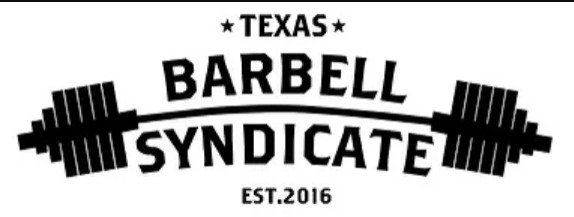I think nearly everyone seems to know (or have some idea) what plantar fasciitis is. Some of the explanations and definitions I have heard from clients have been extremely variable, though. Plantar Fasciitis, as a diagnosis, is by definition an irritation and inflammation of the strong, thick connective tissue on the bottom of the foot. It is usually a tight, sharp pain that’s worse when you take a step, and especially bad first thing in the morning when the foot has been elevated all night. Let’s take a minute to debunk a few myths about plantar fasciitis.
You cannot “roll out” your plantar fascia … thankfully
Some treatment plans involve using rollers, golf balls, or other at home massage tools to massage or roll the bottom of the foot in an attempt to help with the pain. While this can be helpful because you are using some kind of pain relief or tension relief method on an inflamed body part, you are definitely not going to physically stretch it out. The plantar fascia is one of the thickest, strongest, most durable pieces of connective tissue in your entire body. It is designed to literally support all of your body weight being placed on it and more. The amount of pressure you would need to stretch that tissue is not only unrealistic, but would cause injury.
Orthotics and night splints are not the best options out there
People who suffer from plantar fasciitis are often told that an orthotic insert and a splint at night are the only things that will help them. In the cases I have seen, an orthotic is usually not helpful at all. Many of them are overpriced, extremely stiff and unforgiving, and designed to recreate an “ideal foot” that isn’t realistic. These orthotic inserts are most definitely not going to be the long term solution for 99% of people. For clients in pain, I recommend finding a gel insert or a cushion for a few weeks that can help relieve the inflammation in the foot while we work to fix the problem.
Plantar fasciitis is NOT a lifelong condition
I cannot stress this one enough. Some people seem to think that once you begin having pain from plantar fasciitis, that it’s permanent and you have to learn to live with it now. This doesn’t need to be the case. Most people need to change whatever the stimulus is that’s causing them to have the irritation and inflammation in the first place. Sometimes that could mean a change in footwear choice; a change in activity style, strengthening part of the leg/ankle/foot; or improving mobility in the leg/ankle/foot.
Just like any other inflamed, irritated “-itis” condition, if you can find a way to reduce inflammation and pain then you can begin to fix the root of the problem. All of the at home and DIY remedies for Plantar Fasciitis should be focused on getting to a point where you can figure out what is perpetuating the condition. Here are a few tips for starting to get the pain under control.
Use a frozen water bottle
If your plantar fasciitis is freshly irritated and coming on with a vengeance, this tip is for you. Take a standard 16 oz. disposable water bottle and freeze it. When it’s solid, take it out and roll it back and forth under the foot like a massager for no longer than 10 minutes. It should help alleviate some of the pain, and is a method that it easily reusable.
Use deep, moist heat
If the pain has been a nagging problem for a while, use a microwavable hot pack and place it on the bottom of the foot and the bottom of the leg behind the heel (just above the ankle bones). Use whichever hot pack version you like, whether an at home bean bag or a store bought specialty pack. I do recommend placing a damp washcloth between the heat source and the skin - the moist heat will penetrate deeper into the tissues, warming them up and helping relieve tension.
Stretch your ankle and calf
Stretching both the lower and upper calf and ankle can help immensely with beginning to relieve pain from plantar fasciitis. See below for examples of how to do it. Do not exceed 30 seconds at a time per stretch, but feel free to do it as much as needed to begin feeling some relief of pain/tension/tightness.
Gastrocnemius stretch
Standing with the knees straight, elevate the toes on a surface and lean forward over the front leg. You should feel the stretch in the upper to middle portion of your calf.
Soleus stretch
This stretch should be felt lower down in the calf than the “normal” calf stretch (the gastrocnemius stretch above). When doing this stretch, try to keep the toes pointed straight ahead and don’t let the knee cave in toward the body. See below for how to set for the stretch.
Standing or kneeling, begin with your toes approximately 3 finger widths away from the wall.
Drive the front knee towards the wall, leaning over your front foot while keeping the heel down. You should feel the stretch in the lower portion of the calf and ankle, but no pinching or pain. The goal for this stretch is to be able to reach the wall with the knee.
Optimal distance for this is about 5 inches, or one fist with the thumb outstretched.
This stretch is often overlooked and can help alleviate the pain associated with plantar fasciitis, especially if this particular muscle is part of what’s limiting your range of motion and leading to the irritation of your foot.
Dr. Paul Harris holds a Doctor of Chiropractic degree from Texas Chiropractic College and a Master’s of Exercise and Health Sciences from University of Houston Clear Lake. He is the owner of Delta V Chiropractic and Sports Medicine and an avid human movement specialist.










